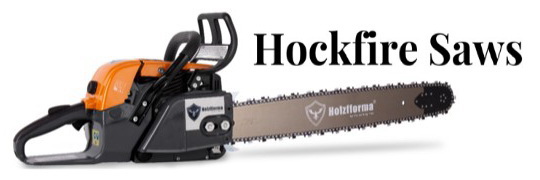IsaacPhillips
Active OPE Member
- Local time
- 5:32 PM
- User ID
- 32517
- Joined
- Apr 12, 2025
- Messages
- 3
- Reaction score
- 4
- Location
- Springfield, GA
I’ve been working on getting a Z225 back up and running. It’s had 2 engine replacements (it’s about 20 years old), the last one being 8 or 9 years ago. It’s currently cranking, but won’t catch. If I spray some starter fluid in the air intake, it’ll ignite a few times, but then continues to just crank. So far, I’ve replaced the starter, starter solenoid, carburetor, fuel filter, and fuel pump. I’ve confirmed the fuel is flowing through the pump and getting to the carburetor, checked the magneto gap, run a spark plug tester and confirmed there’s a good, constant spark. Any thoughts on what could be going on or what else I should check?






